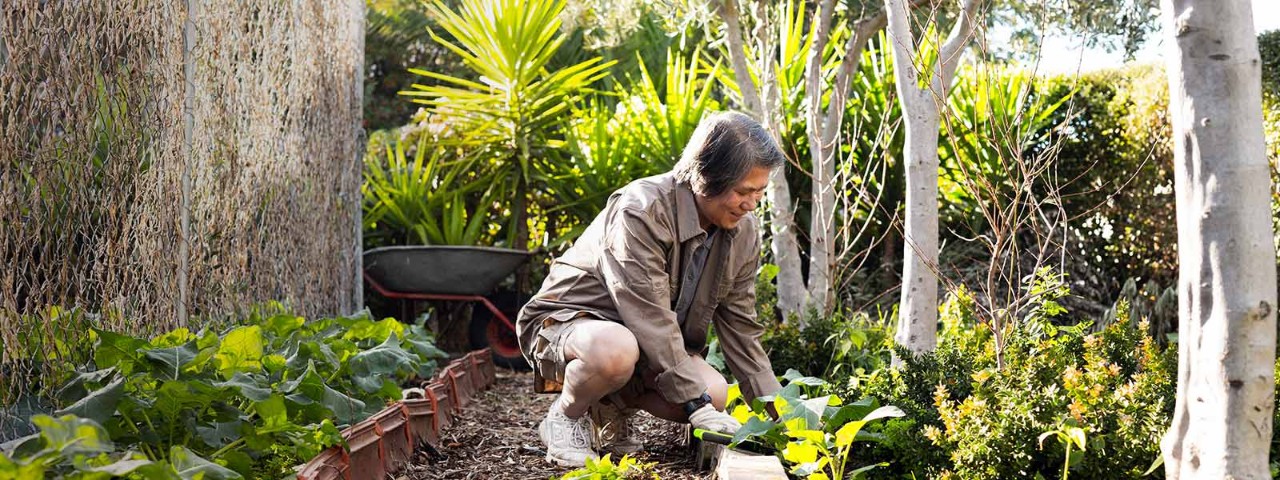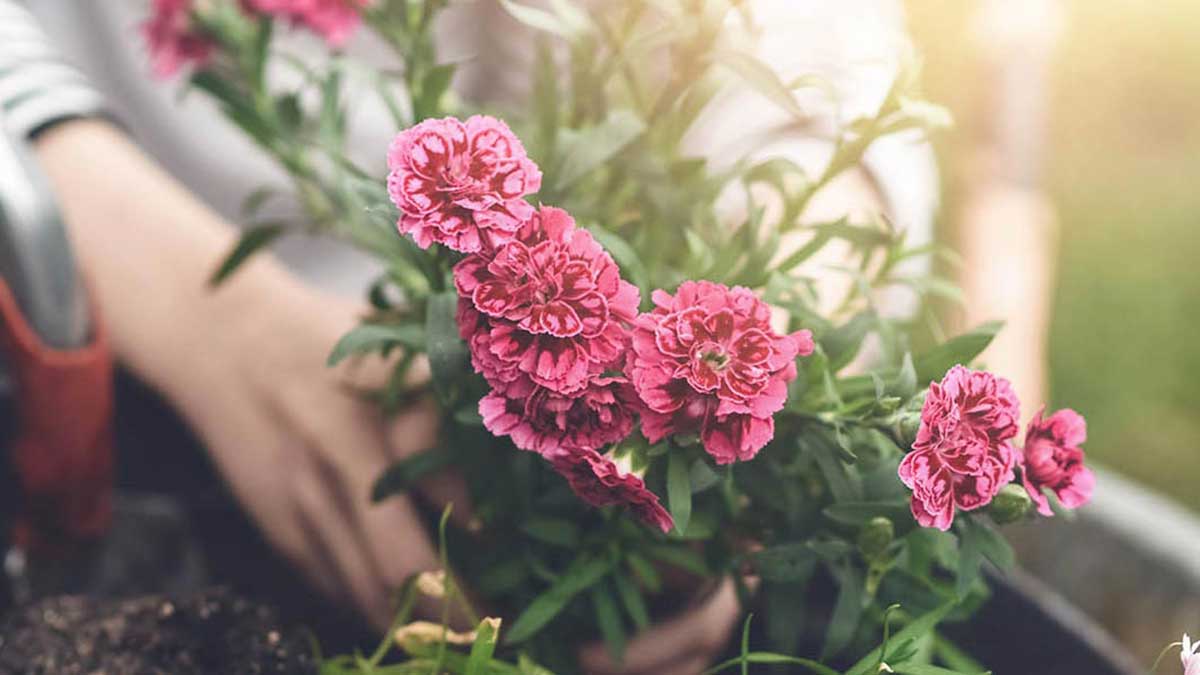Regular tree trimming is essential for tree health and property safety. Here's what you need to know about trimming and pruning your trees, especially before storm season.
You guide to garden mulching: the best types, tips and textures

Want beautiful blooms and fewer weeds in your garden? It’s time for a mulch makeover.
Mulch is a gardener’s best friend. Less weeding, less watering, better soil health, and a clean aesthetic are among the benefits of the often-unsung hero, with cheap and accessible options available to boost the productivity of every patch.
Whether you’re tending to your flower beds or keen to give your trees a healthy head start, mulch is the ultimate time-saver so you can spend less time working on your garden and more time enjoying it.
We’ve rounded up the top four mulching tips, including where and when to use it, how much you’ll need, and how to choose the right type for your garden’s growth.
4 steps for mulching success
Aim of the mulching game
Mulch packs a productive punch. It slows water evaporation from soil, keeping it moist and reducing your need to water as often. Organic mulch will improve soil’s organic matter, boosting your beds’ productivity. Mulch helps to block weeds and makes those that do sprout easier to pull. It will keep your roots cool in the warmer months and provide insulation for shallow-rooted plants in cooler climates. A bonus is that it provides an attractive and organised aesthetic to enhance your landscaping.

Mulch helps to block weeds to let your flowers bloom. Image: Getty
Pick your product
Choose between organic and inorganic mulch. Organic mulches, like inexpensive pea straw (available by the bale), shredded hardwood, or pine bark (available from fine through to medium grades), will break down and boost your soil structure and quality as they decompose. You can also use your grass clippings or shredded leaves.
Inorganic mulches, like gravel and river pebbles, look great on pot plants and garden paths and are a good option for cactus gardens. Keep in mind these won’t break down, and because the stones hold heat, they will increase the soil’s temperature.
Spread the love
The opportunities for installation are endless. Use it on your flower beds (for both perennials and annuals), in your veggie patch, on your roses and bulbs, and to give your new plants a hearty head start. Use it around your tree trunks, particularly young ones, to create a protective ring against other plants and your lawnmower.
Beware the ‘mulch volcano’ though, where a moist mound of mulch piles against a tree trunk or shrub. This can decay the bark and leave your tree vulnerable to disease.
Layer lightly
Less is more when it comes to applying your mulch. Your plants need air to survive, so be wary of suffocating their roots. A shallow 5cm layer will work well to combat weeds and retain moisture. Fine textures, such as shredded hardwood, can go to a maximum depth of 8cm, while more coarse textures, like pine bark nuggets, breathe easier and can be layered up to 11cm.
Mulch twice a year - before winter hits and again in late spring to insulate soil in time for the summer heatwaves. Once you’ve weeded your soil, place the mulch past your plant’s drip line to prevent rot, and water after layering to stop it from absorbing soil moisture. If you’re re-mulching, be sure to remove some of the older mulch first.


